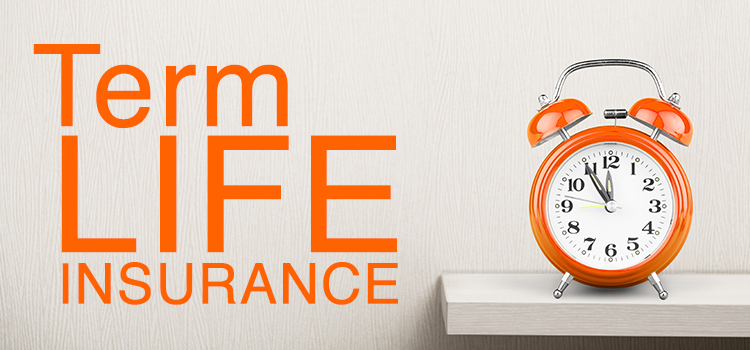Kathmandu: Nepali life insurance industry is widely dominated by the traditional plan i.e. endowment or money-back endowment. But the rest of the world is widely welcoming term plans. Now, in the modern era life insurance is assumed more as a term plan than the endowment plan.
The financial investment experts also suggest opting for a term plan in terms of maximum benefit with minimum investment. The degree of risk coverage provided by the term plan is incomparable to the endowment plan.
Here we are explaining Term Life Insurance:
Term life insurance plan guarantees the payment on the death of the insured during the specified term. The payment may include the sum assured only or both sum assured and rider benefit. Term plan is generally issued for a short-term i.e. 1 year. Insurance companies also offer term plans for long-duration viz 5, 10 or 15 years term. The premium is payable with regular premium, single premium, or limited payment.
Once the term expires, the term plan can be renewed by paying the premium. The premium of the endowment plan is fixed but the premium of the term plan may keep changing over time due to the age factor of the insured.
The term plan includes the following benefits:
- Guaranteed payment on the death of the insured or permanent disability.
- Can include rider benefits like Accidental Death Benefit, Funeral Expenses, or Critical Illness with additional premium.
- Doesn’t have any saving benefits as an endowment plan.
- No policy bonus offered to such a plan.
- The term is decided based on the age, health, life expectancy, and premium is decided based on the sum assured and nature of the job(degree of risk of the job the proposed life is involved in).
How it works:
The insurer decides the premium of the term plan based on the sum assured, age, health condition, and the degree of risk of the job of the proposed life. The sum assured and other stated benefits will be paid by the insurer if the insured dies within the plan’s term. The death must be natural or accidental. Death caused by suicide, due to knowingly involved in life-threatening activities like bike race, car race, use of banned explosive, etc.
If the insured has added riders to the term plan, the insurer will provide additional claims to the beneficiaries of the deceased. Accidental Death Benefit rider will provide an additional amount equal to the Sum Assured. For example: If one has purchased a term plan with the Sum Assured of Rs. 1 million and paid for ADB rider too. Then his beneficiaries will get Rs. 1 million addition to the Sum Assured i.e. a total of Rs. 2 million will be payable by the insurer.
Additionally, if the insured has chosen Critical Illness rider benefit then in case of clinical confirmation of disease, then the insured will get an amount equal to Sum Assured for the treatment of critical disease.
The premium of term life insurance is much cheaper than the endowment plan. For example, if a 40 years old individual opts for an endowment plan of Rs. 1 million with 15 years term. The annual premium will be around Rs. 66 thousand 5 hundred. If the same person opts for a term plan then the annual premium will be Rs.3 thousand only. Though term plan won’t offer the saving value as the saving value inherited by the endowment plan.










